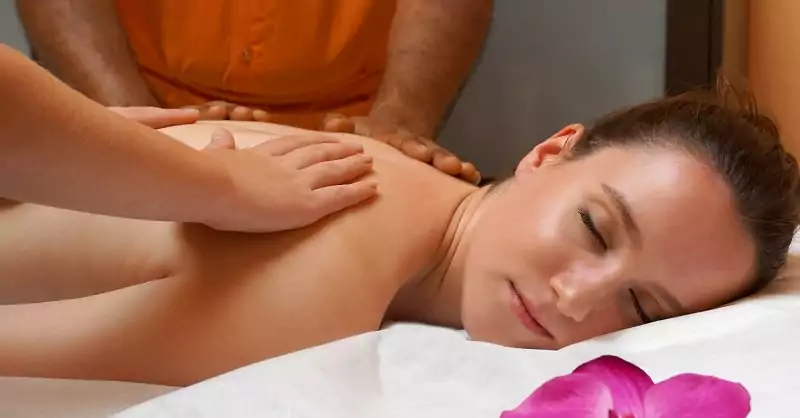Massage has existed as a believed healing therapy since ancient times, offering a calming experience. Practiced today and remaining in high demand, a variety of massage techniques are sought to suit individual needs. There remains limited research, but there is reason to believe that regular massaging can influence health and wellbeing.
Mental Health Benefits
Table of Contents
Throughout the duration of a massage, endorphins (or happy hormones) are released and levels of adrenalin, cortisol, and norepinephrine (or stress hormones) are reduced, inducing a feeling of calm. It is possible that the hormonal effect of a massage could be helpful for sufferers of anxiety disorders and generally beneficial for mental health in many
circumstances.
(You can search for a professional massage Oxfordshire or local to you to feel the heavyweight of the week lifted from your shoulders.)
Physical Health Benefits
The application of massage techniques can affect the physical state of the body. Targeting muscle and soft tissue areas can improve circulation which can reduce muscle tension, stimulate the lymphatic system, increase joint mobility and flexibility and even affect skin tone due to increased blood flow. It is assumed that this could be helpful for chronic illness sufferers, in particular lessening symptoms of muscle and joint aches and pains.
Whilst there are methods that could be generally suitable for all cases, there is a variation of massage types to target different areas for best results, with influences from all over the world, and many generations to credit for the application and acceptance of massage today.
Different Types of Massage
- Myotherapy – assessing and treating soft tissue pain, injury, and dysfunction to improve movement and mobility and restore and maintain the health and function of the body.
- Remedial – assessing, treating, and rehabilitating signs, symptoms, and causes of dysfunction or injury to the body, similar objectives to myotherapy but less specialized.
- Therapeutic (‘Western’ or ‘Swedish’) – promotes relaxation and improves blood circulation.
- Aromatherapy – applies a combination of massage and essential oils to reduce nervous tension and create a tranquil atmosphere.
- Lymphatic Drainage – applying gentle pressure to the entire body to relax the nervous system and aid the immune system.
- Reflexology – targeting specific reflex points with pressure to stimulate the natural healing process of the body.
- Shiatsu – a massage technique consisting of Japanese bodywork based on traditional Chinese concepts that aims to work on particular areas of the body to improve energy flow.
- Sports – applying massage techniques to enhance sports performance and help muscles to recover quickly after being overworked for training or competition.
These types highlight the most popular types of massage taking place every day to promote natural healing in the body.
Safety Considerations
Although getting a massage appears to be highly beneficial to many, there are occasions where it is not recommended or considered to be safe, or a specialist referral is required. Consult with your primary healthcare professional if you are pregnant, have skin rashes, cuts, or infections, suspect fractured or broken bones, or have a life-threatening illness.




